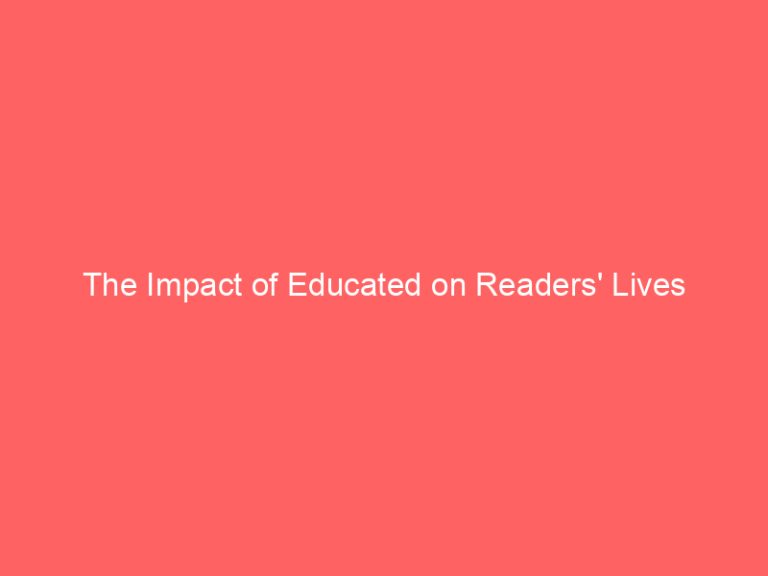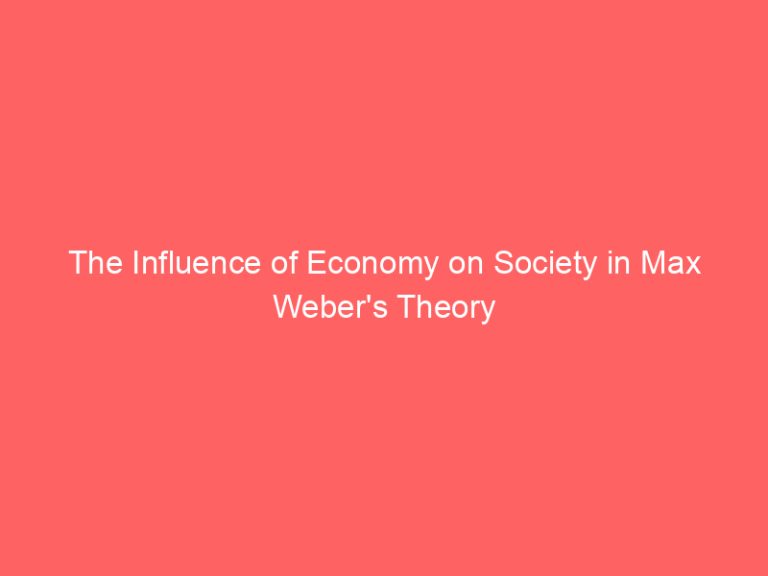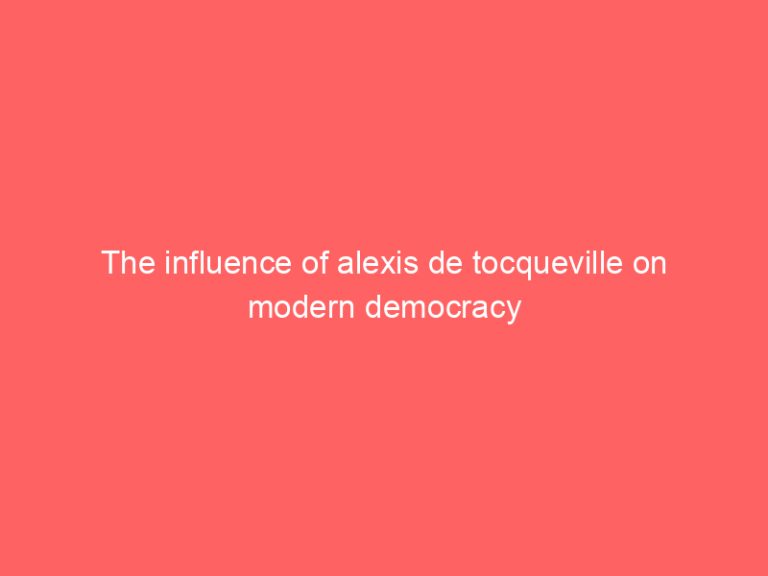The History of the Encyclopedia Britannica
When you think about the wealth of knowledge available today, it’s hard not to appreciate the role the Encyclopedia Britannica has played in shaping our understanding of the world. You might be surprised to learn that its origins trace back to the 18th century, long before the internet made information so readily accessible. Throughout its history, the Encyclopedia Britannica has undergone significant milestones in publication and expansion, reflecting the changing tides of scholarship. As you explore its journey, you’ll discover how it adapted to the Industrial Revolution and later embraced the digital era. By maintaining its authority in modern scholarship, the Encyclopedia Britannica continues to be a trusted resource for curious minds like yours.
Key Takeaways
The Encyclopedia Britannica originated in 1768, evolving from foundational knowledge compiled by Scottish Enlightenment thinkers.
The Industrial Revolution made encyclopedias more accessible to the general public, fostering a culture of learning.
The transition to digital formats in 1994 enhanced accessibility, allowing for easier topic searches and multimedia content.
Ongoing updates and rigorous editorial standards ensure the Encyclopedia Britannica remains a credible and relevant source of knowledge.
The Origins of the Encyclopedia Britannica
You’ll find that the origins of the Encyclopedia Britannica trace back to the 18th century, marking a significant evolution in reference works. It was first published in Edinburgh, Scotland, in 1768. The initial volumes were compiled by a group of Scottish Enlightenment thinkers. You might notice that it aimed to provide comprehensive knowledge across various fields. Over time, its format and content evolved to meet the changing needs of its readers.
Milestones in Publication and Expansion
You’ve seen how the Encyclopedia Britannica began, but its journey didn’t stop there. Throughout its history, it reached significant publication dates and embarked on global expansion efforts that shaped its legacy. Now, let’s delve into those key milestones that defined its evolution.
Key Publication Dates
Key publication dates highlight how the Encyclopedia Britannica evolved, showcasing its commitment to providing updated knowledge over the years. You’ll notice the significance of its first edition released in 1768, which set the foundation for its future. As you explore later editions, you’ll see how the incorporation of technology transformed its accessibility in the 20th century. The launch of the online version in 1994 marked a pivotal moment in its history, adapting to the digital age. With these milestones in mind, let’s now turn our attention to the global expansion efforts that further broadened its reach.
Global Expansion Efforts
Global expansion efforts have allowed you to access a wealth of knowledge from diverse cultures and perspectives. You’ve seen how the Britannica adapted its content to meet the needs of international audiences. Its translations and local editions have broadened its reach and relevance. You’ve also noticed the collaborations with scholars worldwide that enriched its resources. Overall, these efforts have solidified its status as a global authority in knowledge.
The Impact of the Industrial Revolution
The Industrial Revolution significantly changed how information was produced and disseminated, making encyclopedias like Britannica more accessible to the public. You’d notice the rise of printing technologies that allowed for quicker and cheaper production. It meant more people could own and read encyclopedias, broadening knowledge among the masses. You’d see a shift in educational practices as well, with institutions adopting encyclopedias as standard references. Ultimately, it fostered a culture of learning that wasn’t limited to the elite anymore.
Adapting to the Digital Era
As you explore the evolution of knowledge sharing, you’ll see how traditional formats have shifted to embrace digital platforms. It’s crucial to understand how this adaptation has transformed user engagement and access to information. Now, let’s delve into the key aspects of this transition.
Transition to Online Formats
Transitioning to online formats has made it easier for you to access a wider array of resources and connect with others in real time. You can quickly search for specific topics without flipping through pages. With just a few clicks, you’re able to find multimedia content that enhances your learning experience. You’re also able to engage with experts and peers from around the world. This shift not only streamlines your research but enriches your understanding of various subjects.
Enhancing User Experience
Enhancing user experience means you’ll find it easier to navigate and engage with digital platforms. You’ll appreciate the intuitive interfaces that streamline your search for information. By leveraging multimedia elements, you’ll feel more connected to the content. You’ll also benefit from personalized recommendations tailored to your interests. Ultimately, this focus on user experience makes learning more enjoyable and efficient.
Expanding Digital Resources
Expanding digital resources means you’ve got access to a wealth of information that was once difficult to obtain. You can search for topics instantly, finding answers at your fingertips. It’s made collaborations easier, allowing you to connect with experts worldwide. You’ll discover multimedia elements that enhance your understanding of complex subjects. Overall, it’s revolutionized how you learn and interact with information.
Maintaining Authority in Modern Scholarship
Maintaining authority in modern scholarship can be challenging, but you’ll find that rigorous editorial standards help ensure credibility. You’ll notice that peer review processes play a vital role in validating research. It’s essential to be aware of the sources you reference to uphold academic integrity. You should also consider how evolving knowledge impacts the interpretation of established facts. Staying committed to high standards will strengthen the trustworthiness of your contributions.
Frequently Asked Questions
What was the original motivation behind creating the encyclopedia britannica?
The original motivation behind creating an encyclopedia like Britannica was to compile and disseminate knowledge in a comprehensive and accessible manner. It aimed to provide a reliable resource for education and reference, helping people learn about various subjects all in one place.
How has the design and layout of the encyclopedia britannica changed over the years?
The design and layout of the Encyclopedia Britannica has evolved significantly, adapting to changing reader preferences and technological advancements. You’ve likely noticed how it shifted from dense text-heavy pages to more visually engaging formats, including illustrations and digital interfaces.
What role did different contributors and editors play in shaping the content of the encyclopedia?
Different contributors and editors play crucial roles in shaping the content by bringing their expertise and perspectives, ensuring the information is accurate and comprehensive. Their collaborative efforts help maintain the encyclopedia’s credibility and relevance over time.
If you’re intrigued by the rich history of influential figures in art, I highly recommend visiting the page on "The Significance of Mary Of Nijmegen in Art History." This fascinating exploration delves into the impact Mary had on the art world, providing valuable insights that complement your understanding of historical figures like those found in the Encyclopedia Britannica. You can read more about it here.






